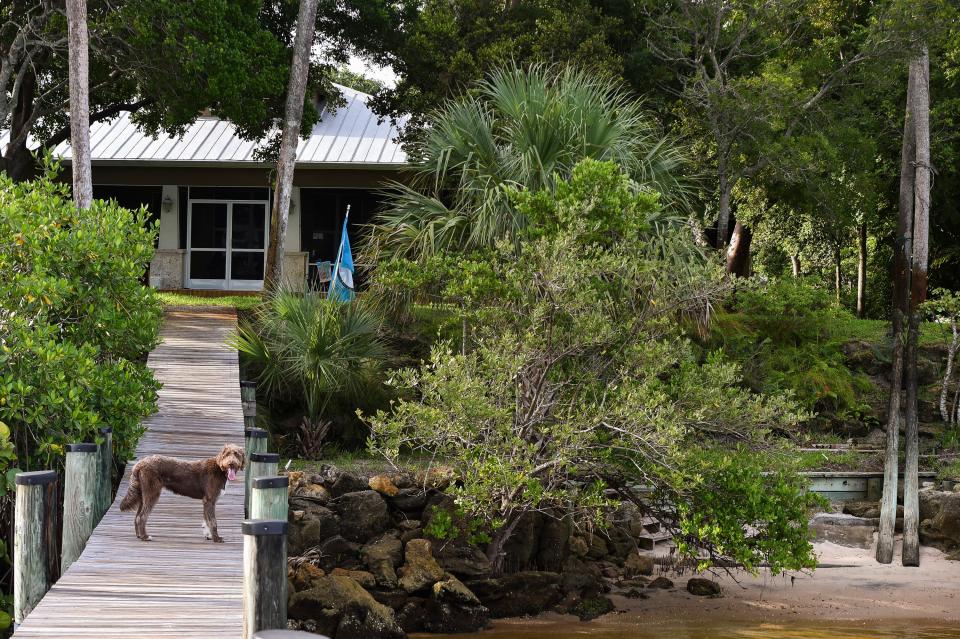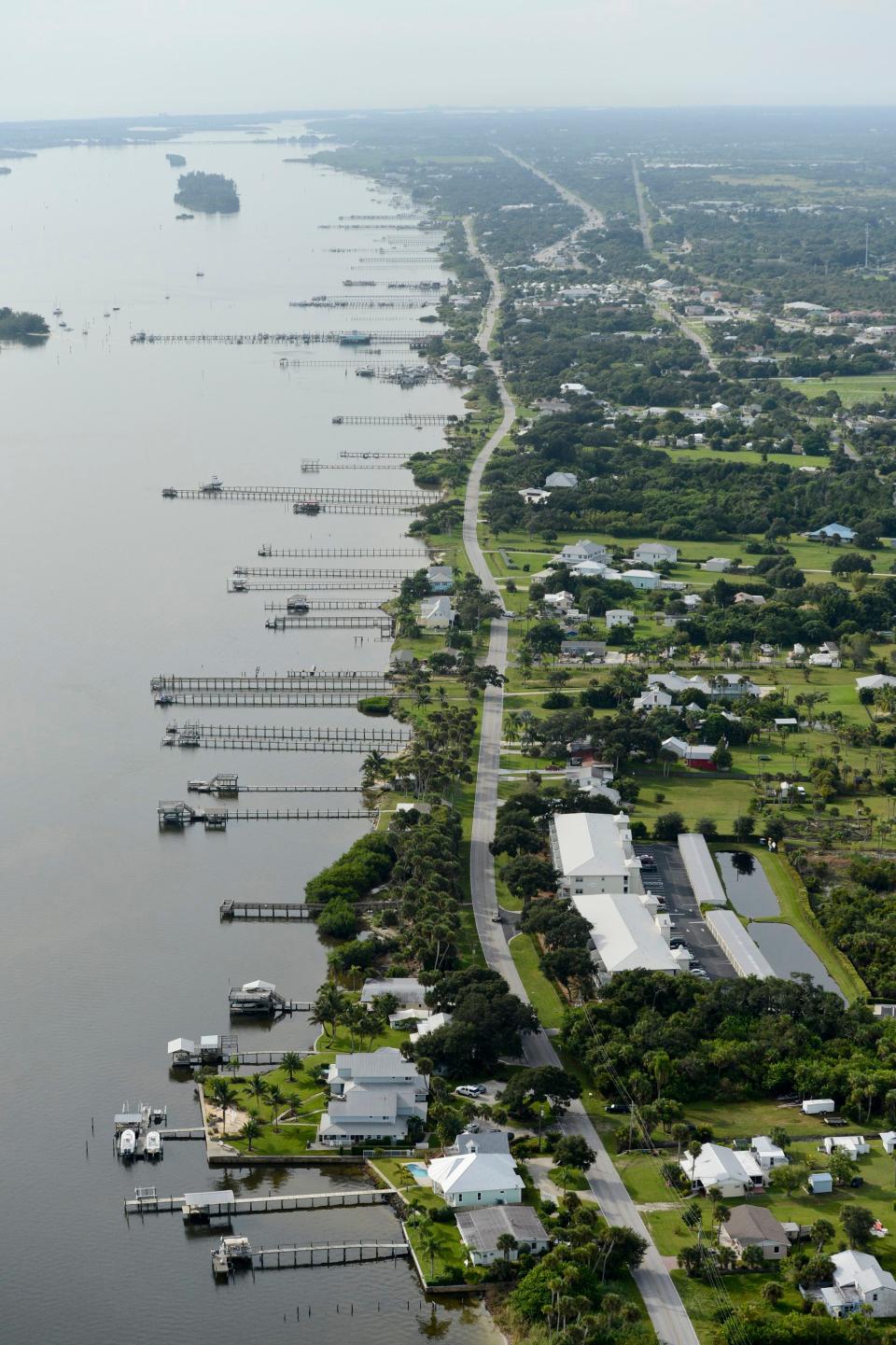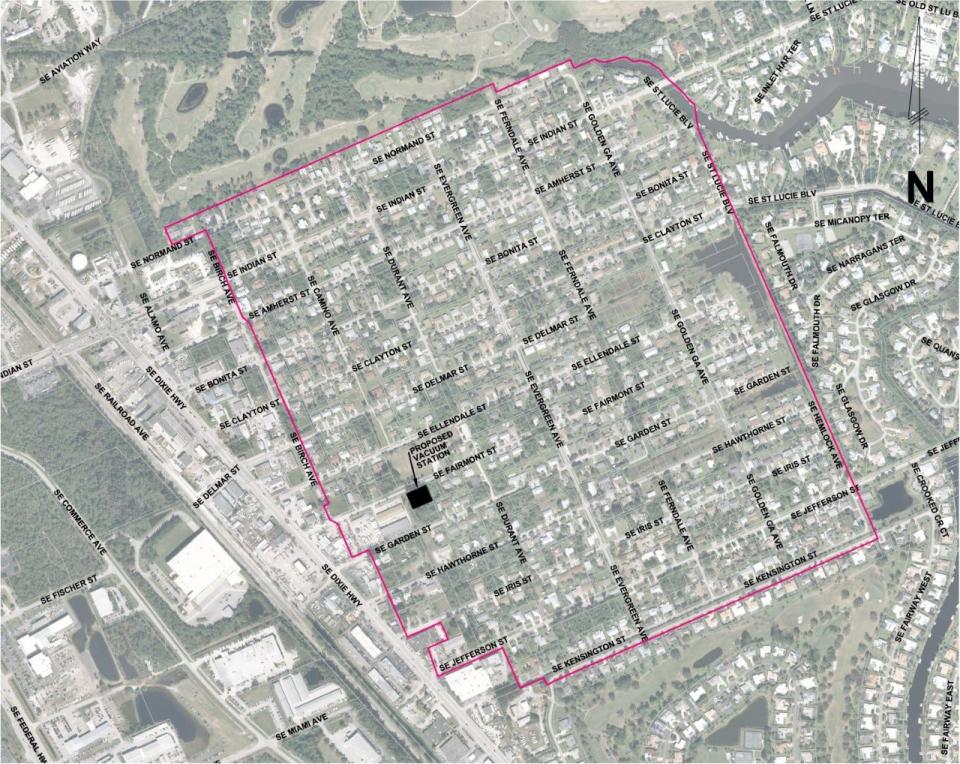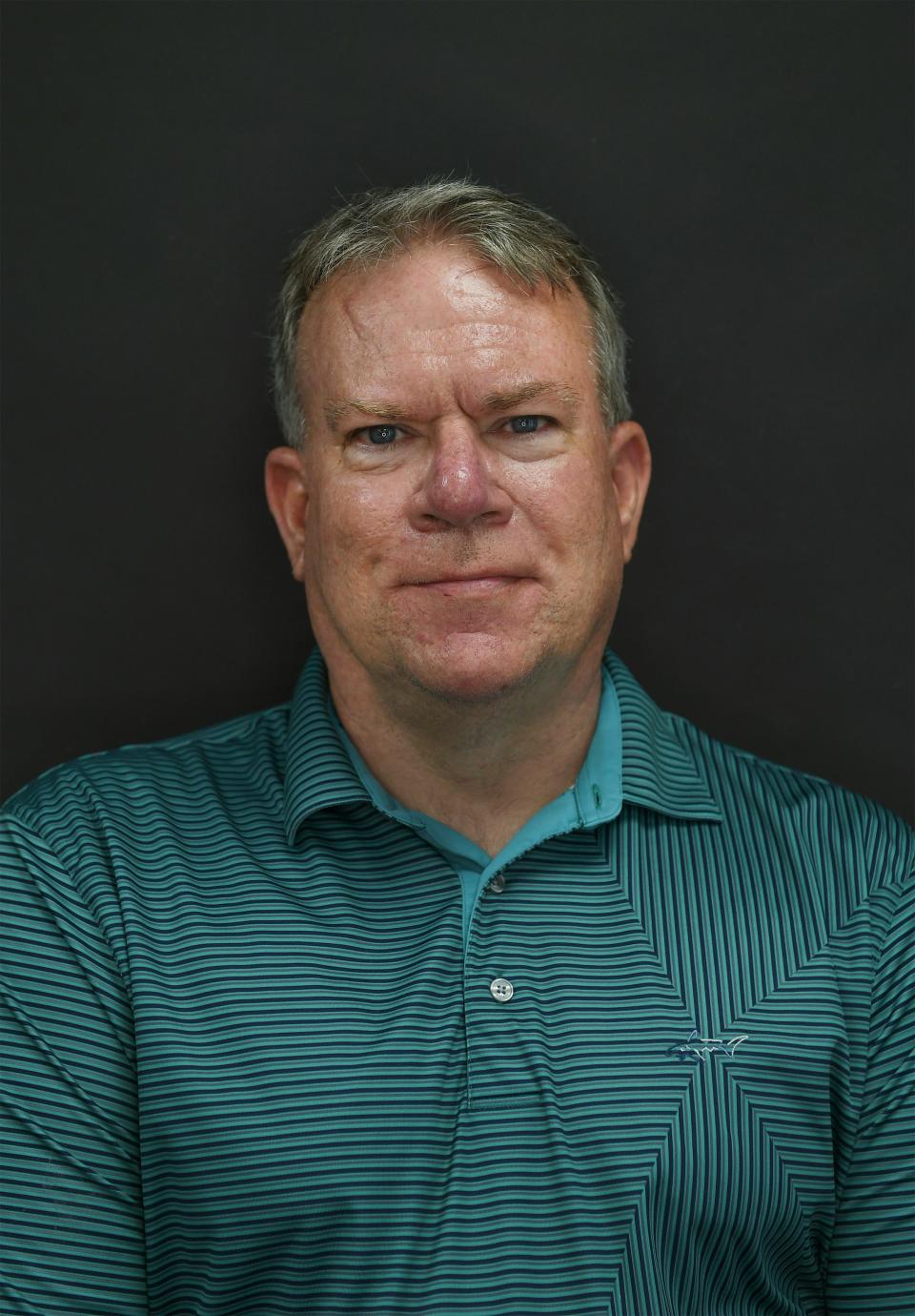Port Salerno/New Monrovia septic-to-sewer issues highlight problems along Treasure Coast
Some residents in the Port Salerno and New Monrovia neighborhoods got lucky last week.
At its Aug. 8 meeting, the Martin County Commission was considering a special assessment to switch almost 1,000 residential lots from septic tanks to the sewer system. Although state grants and other government funding sources would have covered nearly $15 million of the $24.3 million project cost, the local landowners would have been responsible for the balance.
However, after hearing a number of residents raise concerns about the share they would be paying, commissioners voted unanimously to delay a final decision on the project's funding.

Commissioners asked county staff members to continue searching for other government sources that could further reduce the residents' costs.
"Now is not the time when people can afford to bear this burden," Commissioner Stacey Hetherington said.
Added Commission Chairman Ed Ciampi: "I don't want to be part of a situation that puts people in absolute financial distress."
The Port Salerno/New Monrovia residents apparently caught the commissioners on a good day.
Earlier in the same meeting, commissioners voted to pay a developer $4 million to buy property in Palm City that had been targeted for a controversial apartment project.
Commissioners may have wanted to get the same sort of positive vibes from the Port Salerno/New Monrovia residents in attendance they got after making the Palm City residents who had turned out to oppose the apartment project happy. There's certainly nothing wrong with trying to please one's constituents.

There were other reasons to tread carefully with the Port Salerno/New Monrovia residents.
Tony Anderson, a former Martin County school board member whose family has lived in the neighborhood for generations, said the historically Black area has frequently been passed over for needed improvements, like paved roads and street signs, in the past.
"It's a carryover from the days when this neighborhood didn't get what it should have been getting," Anderson told me before the meeting. "We've always been on the tail end."
Then there was the possibility not all grant funding options were fully explored prior to the Aug. 8 meeting.
For example, local resident Jennifer Dotson Cody Kemp said she thinks the conversion work might qualify for funding from a Protecting Florida Together water quality improvement grant.
"This project meets all the criteria," she said.

I hope the residents and/or the county staff are able to identify ways to ease the burden. As had been proposed at the Aug. 8 meeting, each lot owner within the affected area would have been responsible for paying $9,877, which is a pretty significant financial hit.
County officials were willing to amortize that cost over 20 years, with lot owners paying $620.56 annually on their tax bills. That's better, but still a significant amount of money for families living on fixed incomes.
In addition to conversion costs, neighborhood residents also will eventually be required to pay fees to connect to the sewer system.
There's an unpleasant reality at work here: Whatever funding sources are used, the conversion work must be done.
Not just in Port Salerno and New Monrovia, but in other areas along the Treasure Coast that are still using septic tanks. All three counties within our region are trying to phase out septic systems to protect the environment.
The Harbor Branch Oceanographic Institute is one of the many organizations that have identified leakage from septic tanks as one of the major sources of pollution in local waterways, including the Indian River Lagoon.
There's debate within the scientific community about the degree to which septic tanks contribute to the local pollution problems. Fertilizer runoff from homes and farms undoubtedly plays a role. So does stormwater runoff, some from as far north as the Orlando area watersheds feeding into Lake Okeechobee.

Whichever pollution source is "most" responsible, it makes sense to be proactively trying to address them all.
That means septic tanks need to go ― the sooner, the better.
I get that living in Florida is expensive, even without these types of add-ons. Home and car insurance premiums continue to rise, along with the skyrocketing costs of real estate.
Yet if you're in the market for a new home, you should ask about the type of sanitary waste system available on the property you're interested in buying. Just as a smart consumer wouldn't knowingly buy in a flood-prone area without taking precautions, it's not wise to simply assume a home is connected to a sewer system.
If a home has septic tanks, savvy buyers have to factor that into the total purchase cost. It's no different than spotting defects during a home inspection that will require extra money to be fixed.
If you're living in a home with a septic tank, you need to plan for how you and your neighbors can pay to upgrade to sewers. That might require learning about different grants available for those types of projects, as the Port Salerno/New Monrovia residents are doing.
Those residents have recognized the conversion work is needed and the costs will have to be addressed somehow.
Living in paradise isn't cheap. It's easier to embrace that reality than to let it smack you in the face.
This column reflects the opinion of Blake Fontenay. Contact him via email at bfontenay@gannett.com or at 772-232-5424.
This article originally appeared on Treasure Coast Newspapers: Switching from septic to sewer systems a cost of living in paradise

